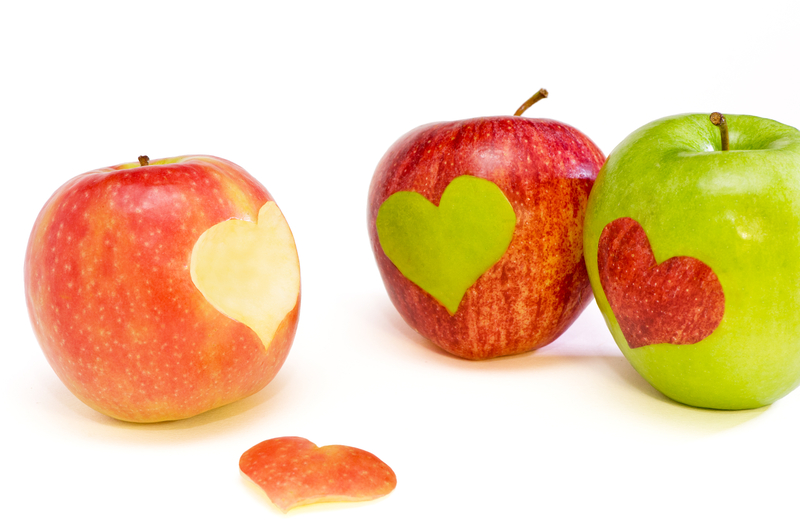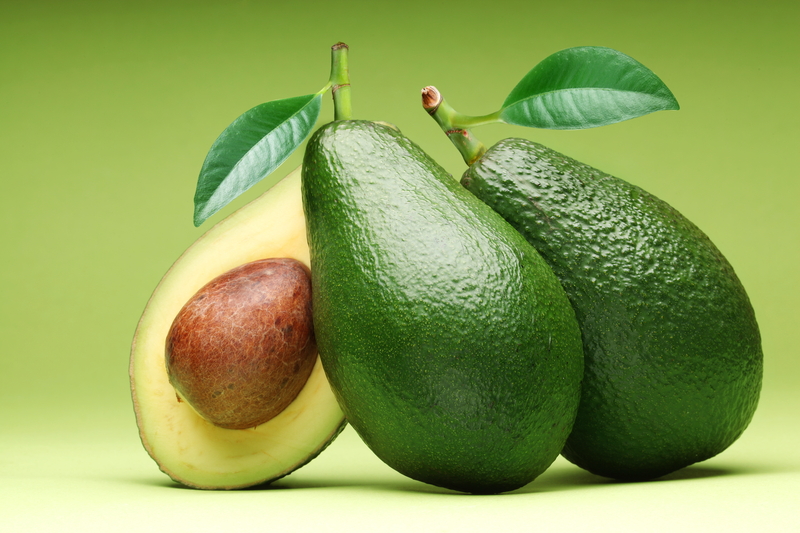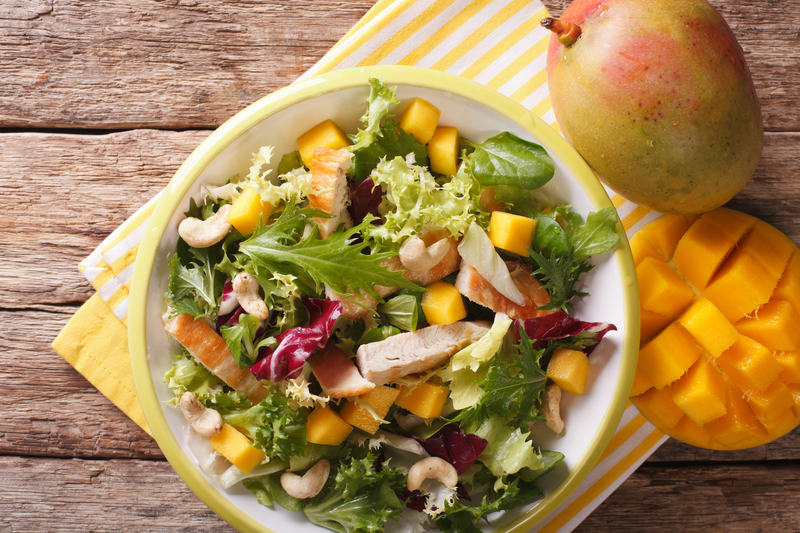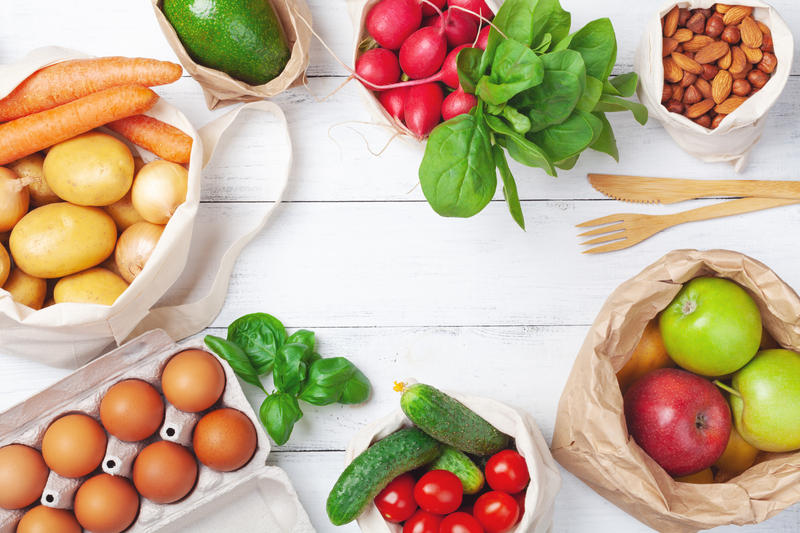What is Clean Eating?
Clean eating is simply eating foods that are in their natural state, foods that are unprocessed and unrefined.
Think Apple, Not Applesauce

To illustrate clean eating, let’s look at the difference between unprocessed and processed food by considering an apple versus applesauce. An apple is in its natural state whereas applesauce has been processed. An apple provides you with vitamins, antioxidants, and fiber. Applesauce undergoes processing and does not retain all of its nutritional benefits. When the apple is cooked, vitamin and fiber content is significantly reduced. Often manufacturers add sweeteners and some enrich with vitamin C since it was lost during processing. And many add preservatives. This is not to say all brands of applesauce are unhealthy. They are not. This is simply to demonstrate the difference between unprocessed food and processed food. The apple in its natural state is the cleaner, healthier choice.
Think Whole, Not Processed
Clean eating means eating whole foods. What are whole foods? They are those foods that are not processed (think apples, eggs, raw nuts, meats) or are minimally processed (think peanut butter, almond butter, yogurt, parmesan cheese, plus fruits and vegetables that are canned, frozen, or washed and contain no added ingredients like artificial colors, preservatives, sodium, or sugar).

A Partial List of Whole Foods and Minimally Processed Foods (Organic Is Best)
Fruits: apples, apricots, bananas, berries, cantaloupe, cherries, clementines, grapes, kiwi, mangoes, oranges, papaya, peaches, pears, pineapple, pomegranates, watermelon, as well as canned, frozen, or washed fruits that contain no added ingredients like artificial colors, preservatives, sodium, or sugar
Vegetables: asparagus, avocados (fruit – it grows on a tree, but most classify as a veggie), beets, bell peppers (fruit, but who’s going to argue?), broccoli, carrots, cauliflower, cucumbers (I know, but I’m done being picky about classification), kale, mushrooms, pumpkin, spinach, squash, tomatoes, watercress, as well as canned, frozen, or washed vegetables that contain no added ingredients like artificial colors, preservatives, sodium, or sugar
Nuts and Seeds: almonds, cashews, chia seeds, coconut, flax seeds, sprouted seeds, sunflower seeds, walnuts, almond butter, peanut butter
Beans, Grains, Legumes, and Rice: barley, brown rice, black rice, cannellini beans, chickpeas, kidney beans, lentils, oats, sprouted grains, quinoa
Eggs
Meat, Poultry and Seafood: beef, chicken, pork, turkey and low mercury fish like sardines, scallops, trout, wild-caught salmon (canned or fresh)
Dairy: milk, hard cheeses like parmesan, yogurt

Clean eating becomes individual as you take into consideration your preferences, account for allergies and aversions, and stay true to your personal beliefs.
While you want to do your best at each meal to make clean eating a priority, be gentle and realistic with yourself. Food cravings and pregnancy-induced nausea have loud, clear voices that demand to be heard.
Make the brainy choice: Know that your baby’s brain health begins with food, that clean eating is critical, and that being realistic about clean eating is going to keep you on track.

